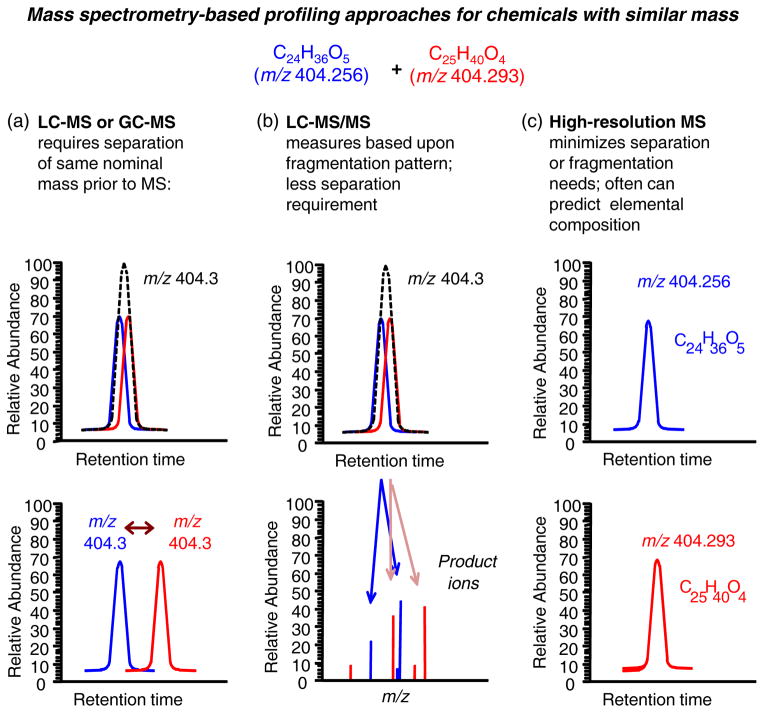Figure 4. Comparison of mass spectrometry (MS) based metabolic profiling approaches for chemicals have similar but not identical mass.
A. Analysis with gas chromatography (GC) or liquid chromatography (LC) with a single low resolution mass detector requires separation of chemicals prior to detection. B. Analysis with a tandem mass spectrometer using either GC or LC often does not require complete separation because ion dissociation and detection of product ions supports identification without separation. However, quantification typically requires a stable isotopic form of chemicals of interest for internal standardization. C. LC coupled to high-resolution mass spectrometry supports high throughput analysis because chemicals are resolved by mass and have less demand for chromatographic separation. High resolution instruments include Fourier-transform ion cyclotron resonance, Orbitrap (Thermo) and newer time-of-flight (TOF) instruments (62).

